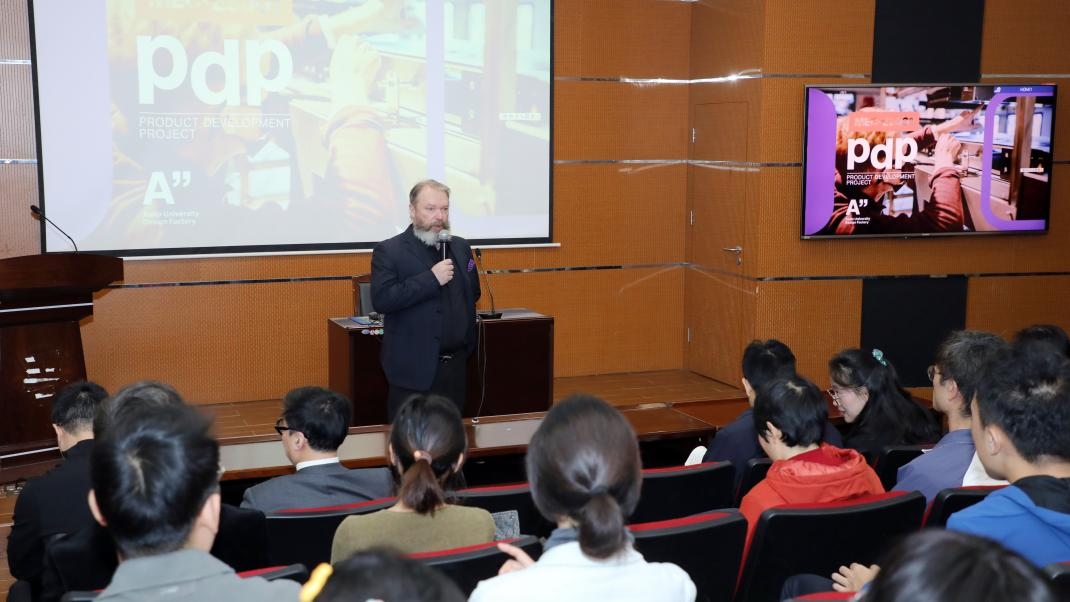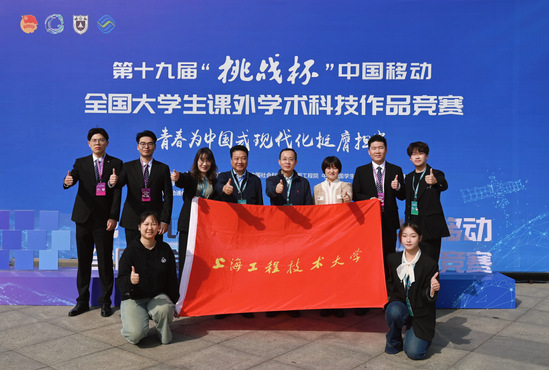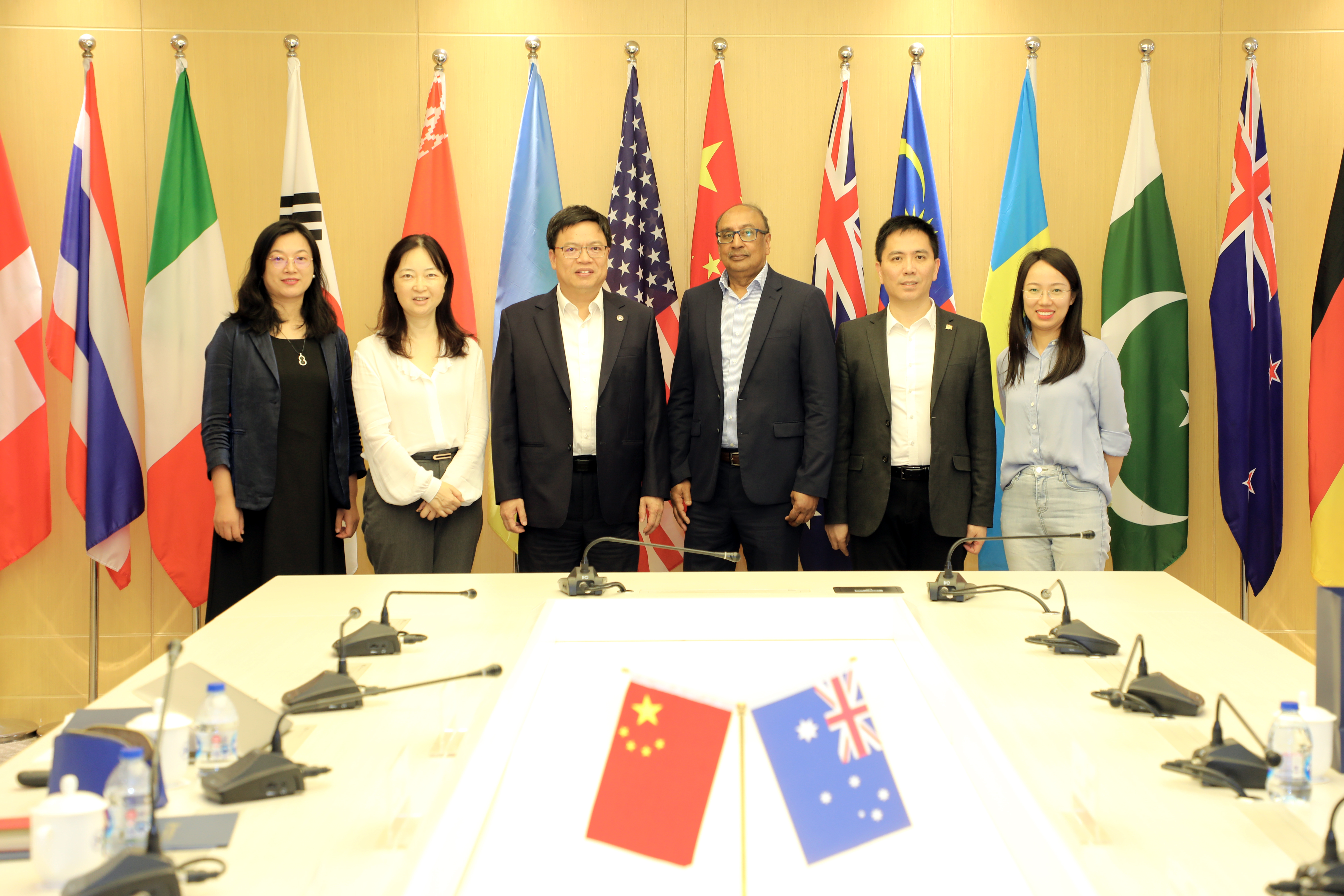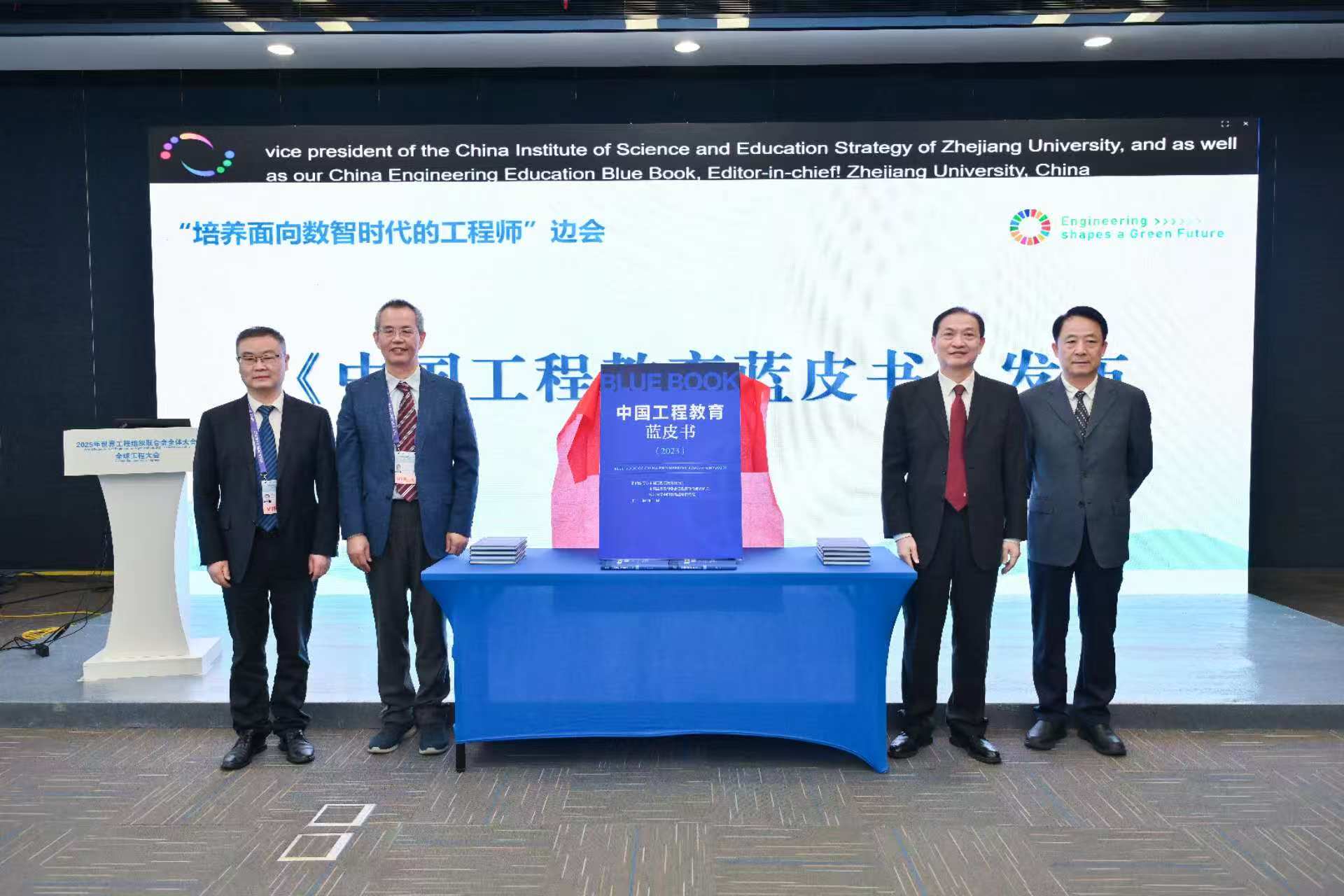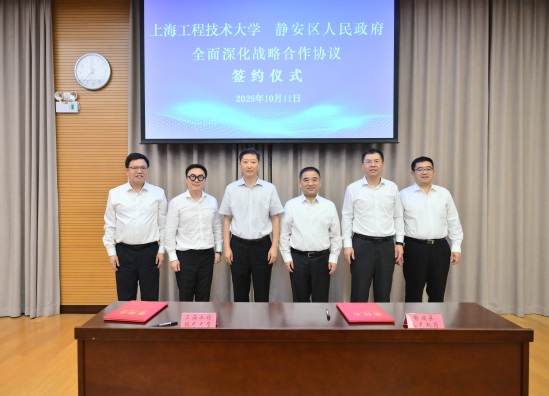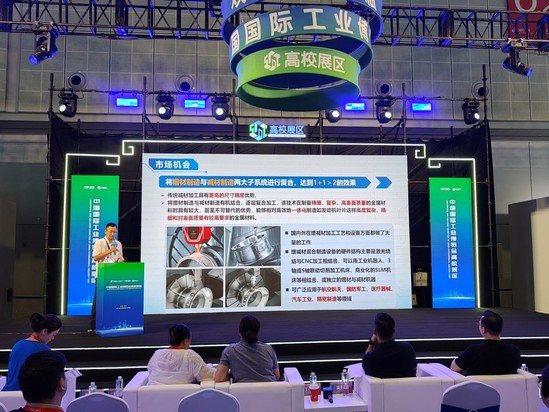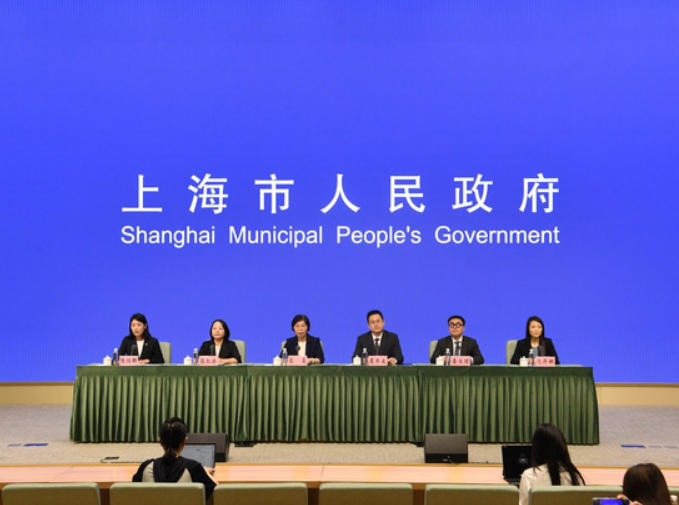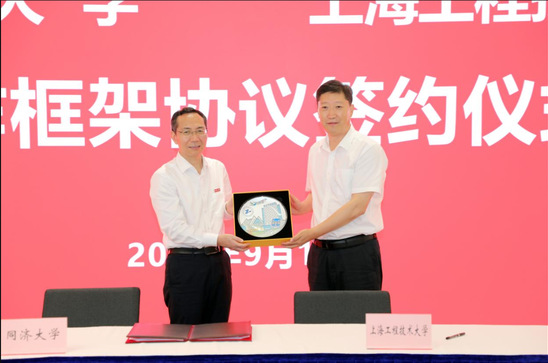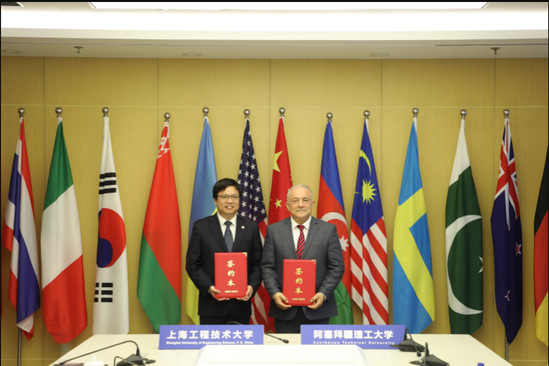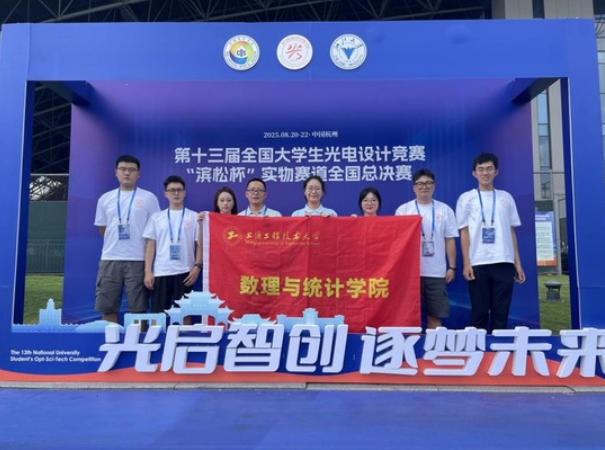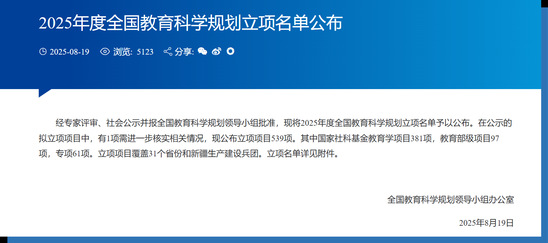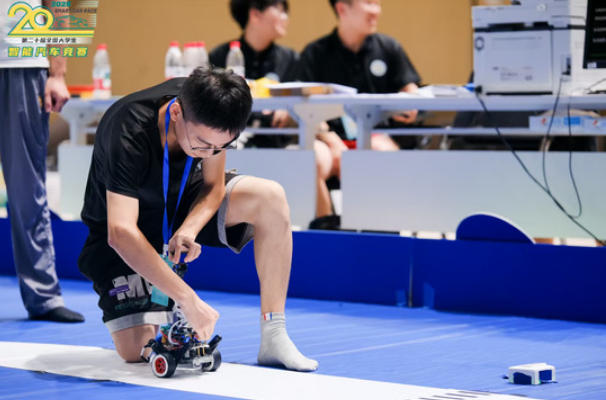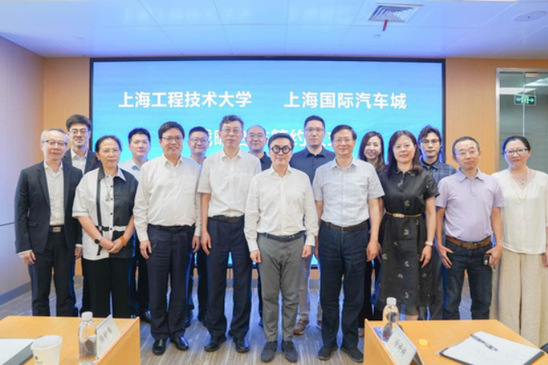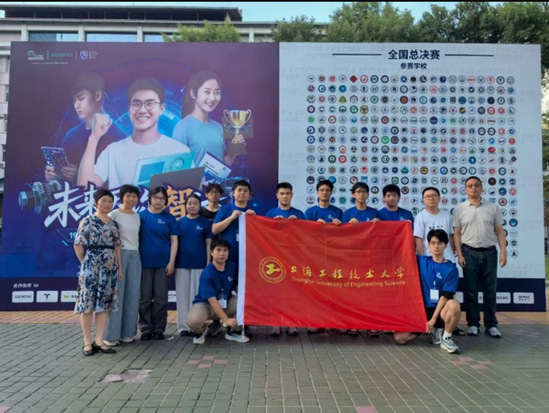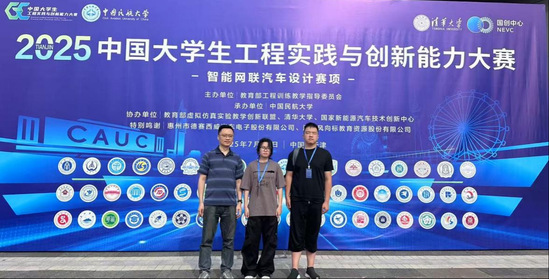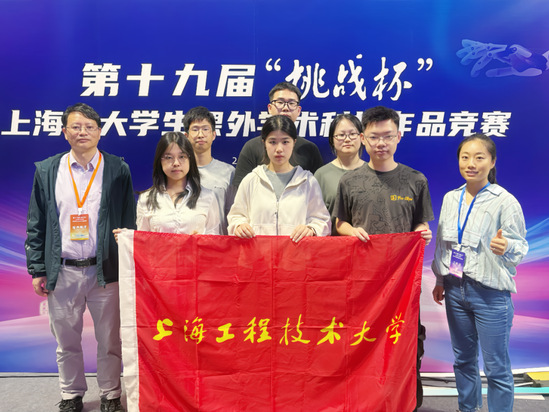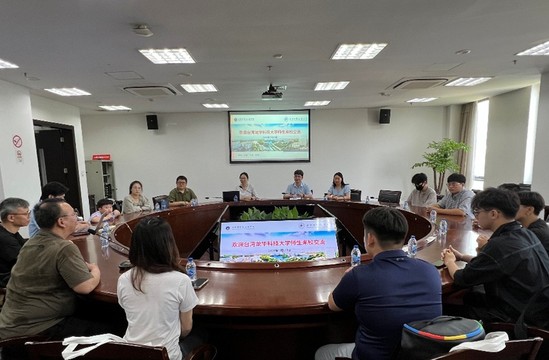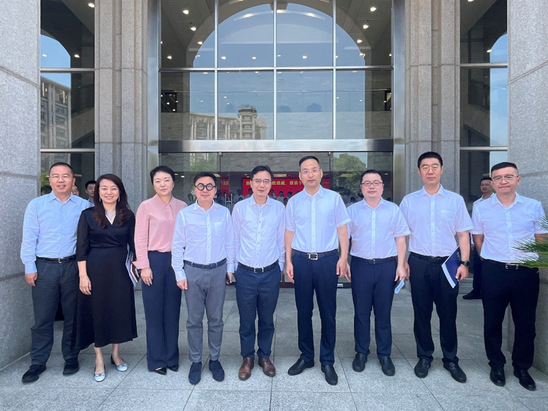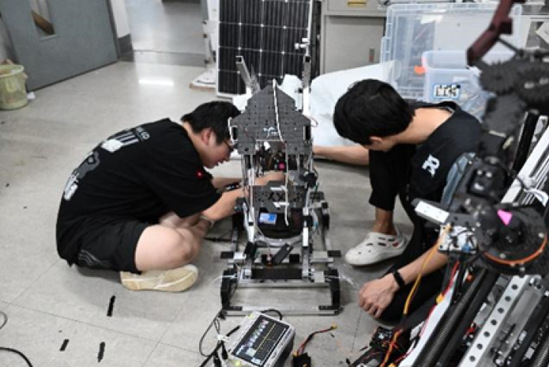
This summer, School of Mechanical and Automotive Engineering is accelerating the training of future engineers through a student-centered education model that emphasizes competition-driven learning, interdisciplinary integration, and university–enterprise collaboration. With hands-on practice and real-world challenges, students are sharpening their innovative thinking and engineering capabilities.

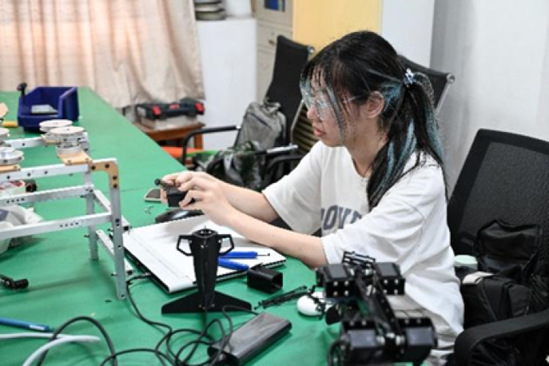
RoboMaster Arena, Where Theory Comes Alive
In the Mechanical Innovation Base, the Birdiebot team is in full swing, preparing for the RoboMaster Competition. The mechanical sub-team is optimizing the chassis structure; the control team is debugging the ammunition system; the algorithm team is refining the visual model; and the strategy team is simulating tactical coordination. Each link in the chain activates and deepens students’ understanding of classroom theories.
“From a design draft to a combat-ready robot lies a gulf bridged by countless rounds of debugging,” one student reflected. Late-night algorithm tuning and repeated redesigns test not only students’ technical expertise but also their teamwork and stress management. This model of learning through competition and applying what is learned is a vivid demonstration of the School’s educational philosophy of integrating knowledge with practice.
The Birdiebot team represents SUES’ innovative education ecosystem. Guided by national-level competitions, students transcend disciplinary boundaries and take charge of the entire development process—from problem analysis to field testing. This immersive, project-based learning approach transforms passive knowledge acquisition into active competence building, fueling students’ creative engines.
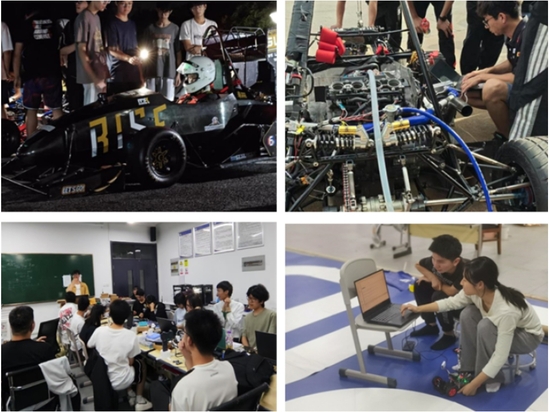
On the Track: University–Enterprise Collaboration in Action
While the outdoor temperature soars past 38°C, the heat is just as intense inside SUES’ Automotive Innovation Base. The SharpLion Formula Team, Longteng Baja Team, and Longteng Smart Vehicle Team are busy with engine tuning and metalwork, composing a high-powered summer symphony of engineering effort.
The SharpLion Team is applying aerodynamics and powertrain knowledge to upgrade core vehicle components. Longteng Baja team members demonstrate craftsmanship in every welding spark. Meanwhile, in the smart vehicle lab, code and algorithms are being perfected for the National Undergraduate Smart Car Competition. Every detail reflects the team’s solid commitment to engineering excellence.
A defining feature of this base is the deep collaboration with industry. The SharpLion Team works closely with ASR Racing, with corporate mentors providing on-site guidance. Students are able to apply theory directly to trackside testing. “A single parameter adjustment can yield immediate performance changes—far more intuitive than any simulation,” a student noted. This “learn-and-apply” and “work-while-learning” approach enables students to grow rapidly through practical experience.
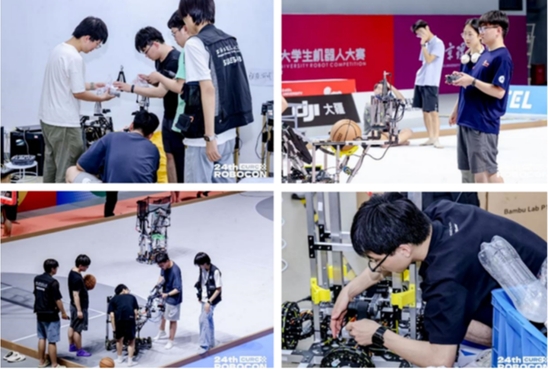
Robotics Dream Team: Interdisciplinary Synergy in High Gear
In the Robotics Innovation Lab, students and faculty are pushing hard toward the national ROBOCON contest. Mechanical teams are optimizing shooting mechanisms; control teams are refining servo systems; algorithm teams are solving complex recognition challenges. One particularly notable innovation: the team has integrated the robot’s video feed into a VR headset worn by the operator, enabling a “human–robot hybrid” system for precision targeting.
The lab operates on a cross-disciplinary foundation. Students from mechanical engineering, automation, electronics, and computer science work closely toward a shared goal. Mechanical design must consider control logic; algorithm efficiency must respect mechanical constraints; project planning demands comprehensive oversight. This collaborative environment promotes not only efficiency but also systems thinking and cross-domain competence. A well-rounded “dream team” of next-generation robotics engineers is steadily emerging.
Pioneers in Graphics: Where Tradition Meets Digital Frontiers
In the lab of the Intelligent Design and Simulation Team, traditional technical drawing is being redefined by digital innovation. Students preparing for the Higher Education Cup competition have become 3D-printing specialists, optimizing modeling techniques and manufacturing workflows. In the lightweight design track, AI algorithms help reduce weight intelligently, while in the digital innovation track, real-world pain points are turned into creative solutions.
From precise hand-drawing to AI-driven modeling, from flat blueprints to 3D-printed objects, the School is upgrading graphics education for the era of intelligent design. Faculty and students work side by side, polishing even the smallest optimization point late into the night, embodying the spirit of precision and ingenuity that defines the new generation of “digital artisans.”
The Mechanical Innovation Base is more than a testing ground for technology, it is a cradle for future engineers. Through competition-driven practice, cross-disciplinary collaboration, and enterprise partnerships, School of Mechanical and Automotive Engineering cultivates students’ innovation awareness, hands-on skills, and team spirit, paving the way for their future in the world of intelligent engineering.






